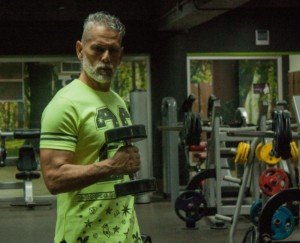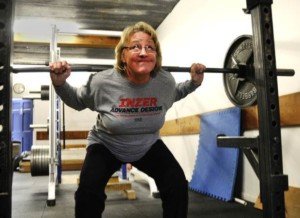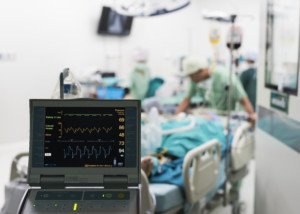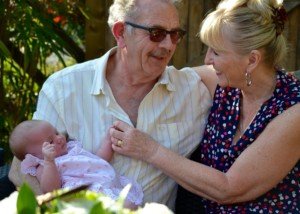
Straight from a cardiologist, here are the guidelines for bodybuilding after having heart bypass surgery, a.k.a. CABG.
CABG stands for coronary arterial bypass grafting, and there are two kinds of patients when it comes to bodybuilding:
1) Those who wonder if they can continue bodybuilding after they recover from the heart bypass operation, and
2) Those who’ve hardly ever touched weights, but would like to take up bodybuilding once they fully rehabilitate from their CABG.
“Assuming the patient underwent cardiac rehab successfully, he should be able to perform strenuous activities including weightlifting,” says Pilar Stevens-Cohen, MD, FACC, Department of Cardiology, South Nassau Communities Hospital.
“Even a patient who has sustained permanent damage from an MI [heart attack] or has heart failure following CABG, should be able to begin strength training. The physical limitation would be based on symptoms only.”

So if you’ve been into bodybuilding all along, then you can resume it without a hitch — once you have completed your post-op cardiac rehab program.
“Assuming the patient is fully revascularized with no residual blockages that were left unaddressed, there is no limitation,” says Dr. Cohen-Stevens.
In case you’re wondering how a bodybuilder would wind up needing heart bypass surgery in the first place, consider the following:
Some bodybuilders hardly ever, if at all, do structured aerobic exercise. Next, steroid use can damage coronary arteries.
But in non-steroid users, you must consider a lack of aerobic exercise, and a diet that promotes systemic inflammation (which can lead to heart disease).
Not all bodybuilders have Zen-like diets or are faithful to cardio-centric exercise. Remember, their goal is physique sculpting, not running long distances.
If you’ve had (or will have) heart bypass surgery but have never done any bodybuilding, but would like to take up this endeavor, then once you complete your cardiac post-op rehab regimen, your biggest issue will be the orthopedic element of strength training.
That is, you don’t want to rush into lifting heavy weights simply because this can strain untrained tendons and muscles.
The biggest limitation, then, in the novice is that of an out-of-condition musculoskeletal system.
So though your heart may be doing just fine and may be ready for some more serious strength training, your rotator cuffs or low back structures may require a slower entry into more serious weight lifting.
Dr. Steven-Cohen also explains, “Patients should keep in mind that not all coronary disease is revascularized, and CABG is not ‘all new arteries,’ and you may not be completely symptom-free.
“We are able to open moderate to large size vessels that have a significant blockage (> 50%) with symptoms.
“Disease in smaller vessels or diffuse disease, may not be addressed with a stent or bypass.
“It is possible to have symptoms because of these blockages that would require titration of medication and may limit ability to exercise.”



























